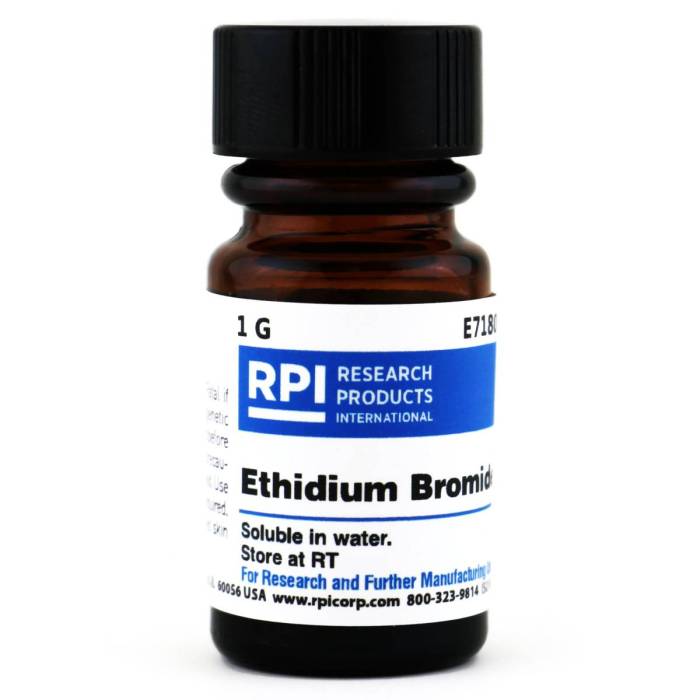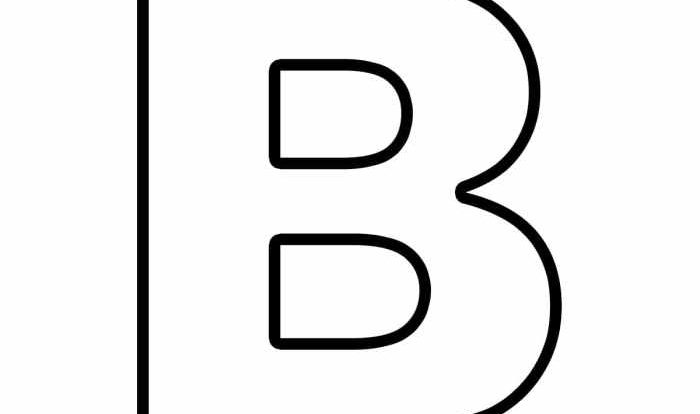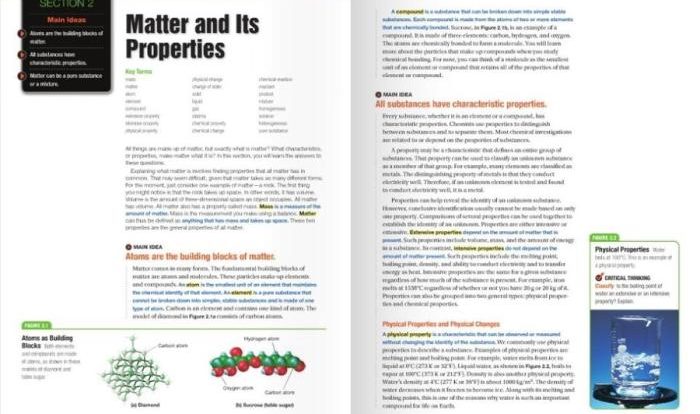Lead IV bromide chemical formula, PbBr4, introduces a fascinating compound with diverse applications and properties. This detailed exploration unveils its molecular structure, physical and chemical characteristics, and practical uses while addressing safety concerns and environmental impact.
Delving into the realm of PbBr4, we discover its unique molecular geometry, hybridization, and reactivity. Its physical properties, including melting and boiling points, provide insights into its behavior under various conditions.
Chemical Composition and Structure
Lead(IV) bromide, with the chemical formula PbBr 4, is a compound containing lead and bromine. It exists as a colorless solid.
The molecular structure of PbBr 4is tetrahedral, with the lead atom at the center and the four bromine atoms at the corners. The bond angles between the lead atom and the bromine atoms are all 109.5°, which is the ideal angle for a tetrahedral geometry.
Hybridization of the Lead Atom
The lead atom in PbBr 4is sp3hybridized. This means that the lead atom has four hybrid orbitals that are formed by the mixing of one sorbital and three porbitals. The four hybrid orbitals are then used to form four sigma bonds with the four bromine atoms.
Physical and Chemical Properties
Lead(IV) bromide (PbBr 4) exhibits distinct physical and chemical properties that influence its behavior and reactivity. Understanding these properties is crucial for handling and utilizing this compound safely and effectively.
Physically, PbBr 4exists as a yellow-orange crystalline solid at room temperature. It possesses a high melting point of 373 °C and a boiling point of 916 °C, indicating its thermal stability. The density of PbBr 4is 5.34 g/cm 3, making it a relatively heavy substance.
Chemical Properties
Chemically, PbBr 4is a reactive compound that readily undergoes reactions with other substances. It is a strong oxidizing agent, capable of oxidizing many reducing agents. PbBr 4is also a Lewis acid, accepting electron pairs from Lewis bases.
In aqueous solutions, PbBr 4hydrolyzes to form hydrobromic acid (HBr) and lead(II) bromide (PbBr 2):
PbBr4+ H 2O → PbBr 2+ 2HBr
PbBr 4reacts with acids to form the corresponding lead(IV) salts. For instance, it reacts with sulfuric acid (H 2SO 4) to produce lead(IV) sulfate (Pb(SO 4) 2):
PbBr4+ H 2SO 4→ Pb(SO 4) 2+ 2HBr
PbBr 4also reacts with bases to form lead(IV) hydroxides. For example, it reacts with sodium hydroxide (NaOH) to produce lead(IV) hydroxide (Pb(OH) 4):
PbBr4+ 4NaOH → Pb(OH) 4+ 4NaBr
Applications and Uses

Lead(IV) bromide (PbBr 4) finds applications in various fields due to its unique properties. It is commonly used in photography, medicine, and electronics.
Photography
In photography, PbBr 4is employed as a component of photographic emulsions. It reacts with light to form silver bromide (AgBr), which is sensitive to light and forms the basis of photographic film and paper.
Advantages:
- High sensitivity to light
- Produces sharp and detailed images
Disadvantages:
- Toxic and requires careful handling
- Limited shelf life due to its sensitivity to light
Medicine
PbBr 4has limited use in medicine. It is sometimes employed as a radiopaque agent in X-ray imaging. The bromide ion in PbBr 4absorbs X-rays, making it possible to visualize internal organs and structures.
Advantages:
- Provides clear and detailed X-ray images
- Relatively non-toxic compared to other radiopaque agents
Disadvantages:
- Limited availability and high cost
- Can cause allergic reactions in some individuals
Electronics
PbBr 4is used in the production of certain types of semiconductors. It is employed as a dopant in lead bromide (PbBr 2) crystals, which are used in infrared detectors and other optoelectronic devices.
Advantages:
- Enhances the electrical properties of PbBr 2
- Improves the sensitivity and response time of optoelectronic devices
Disadvantages:
- Toxicity concerns due to the presence of lead
- Limited availability and high cost of high-purity PbBr 4
Safety and Environmental Impact

Lead bromide (PbBr4) poses potential hazards to human health and the environment due to its toxicity and environmental impact. Proper handling, storage, and disposal are crucial to minimize these risks.
Toxicity
PbBr4 is a toxic substance that can cause various health effects. Inhalation of PbBr4 dust or fumes can lead to respiratory irritation, coughing, and shortness of breath. Ingestion of PbBr4 can cause abdominal pain, nausea, vomiting, and diarrhea. Prolonged exposure to PbBr4 can result in kidney and liver damage, neurological effects, and reproductive issues.
Environmental Impact
PbBr4 can contaminate soil and water sources. It is persistent in the environment and can accumulate in the food chain. PbBr4 can be toxic to aquatic organisms, affecting their growth, reproduction, and survival. It can also harm terrestrial animals and plants.
Proper Handling, Storage, and Disposal
To minimize the risks associated with PbBr4, proper handling, storage, and disposal are essential. Wear appropriate personal protective equipment (PPE), including gloves, a respirator, and protective clothing, when working with PbBr4. Handle PbBr4 in well-ventilated areas to avoid inhalation of dust or fumes.
Store PbBr4 in a cool, dry place away from incompatible materials such as strong acids and bases.
Dispose of PbBr4 according to local regulations. In many jurisdictions, PbBr4 is considered a hazardous waste and must be disposed of at an approved hazardous waste facility.
Regulations and Guidelines, Lead iv bromide chemical formula
Various regulations and guidelines exist to ensure the safe handling of PbBr 4. These regulations may include:
- Occupational Safety and Health Administration (OSHA) regulations for lead exposure in the workplace
- Environmental Protection Agency (EPA) regulations for hazardous waste management
- Local and state regulations for the handling and disposal of hazardous materials
Compliance with these regulations is crucial to protect human health and the environment from the potential hazards of PbBr4.
Alternative Compounds

Lead(IV) bromide (PbBr4) is a highly toxic compound that poses significant environmental and health risks. As a result, alternative compounds are being explored to replace PbBr4 in various applications.
One promising alternative is lead(II) bromide (PbBr2). PbBr2 is less toxic than PbBr4 and has similar physical and chemical properties. It can be used as a flame retardant, a catalyst, and a precursor to other lead compounds.
Another alternative is bismuth(III) bromide (BiBr3). BiBr3 is non-toxic and has a higher melting point than PbBr4. It can be used as a flame retardant, a catalyst, and a precursor to other bismuth compounds.
The table below compares the properties and performance of PbBr4, PbBr2, and BiBr3:
| Property | PbBr4 | PbBr2 | BiBr3 |
|---|---|---|---|
| Toxicity | Highly toxic | Less toxic | Non-toxic |
| Melting point | 373 °C | 373 °C | 462 °C |
| Solubility in water | Insoluble | Insoluble | Insoluble |
| Applications | Flame retardant, catalyst, precursor to other lead compounds | Flame retardant, catalyst, precursor to other lead compounds | Flame retardant, catalyst, precursor to other bismuth compounds |
As can be seen from the table, PbBr2 and BiBr3 are both viable alternatives to PbBr4 in many applications. PbBr2 is less toxic than PbBr4 and has similar properties, while BiBr3 is non-toxic and has a higher melting point.
The choice of which alternative to use will depend on the specific application. In applications where toxicity is a major concern, PbBr2 or BiBr3 would be the preferred choice. In applications where a high melting point is required, BiBr3 would be the preferred choice.
FAQ: Lead Iv Bromide Chemical Formula
What is the chemical formula of lead IV bromide?
PbBr4
What is the molecular geometry of PbBr4?
Tetrahedral
What are some applications of PbBr4?
Photography, medicine, electronics
Is PbBr4 toxic?
Yes, it can be toxic if ingested or inhaled

